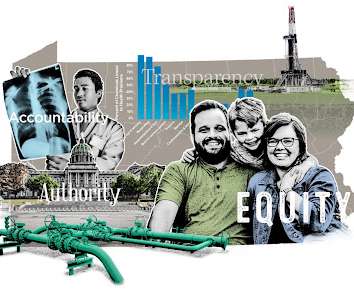Sabin Center Files Amicus Brief in Support of New GHG Vehicle Emissions Standards
Law Columbia
MARCH 13, 2023
Following the 2007 landmark Supreme Court case Massachusetts v. EPA , the United States Environmental Protection Agency (EPA) has regulated greenhouse gas (GHG) emissions from motor vehicles under the Clean Air Act. While the Clean Air Act (CAA) has been amended multiple times since 1970, this basic requirement has remained untouched.












Let's personalize your content